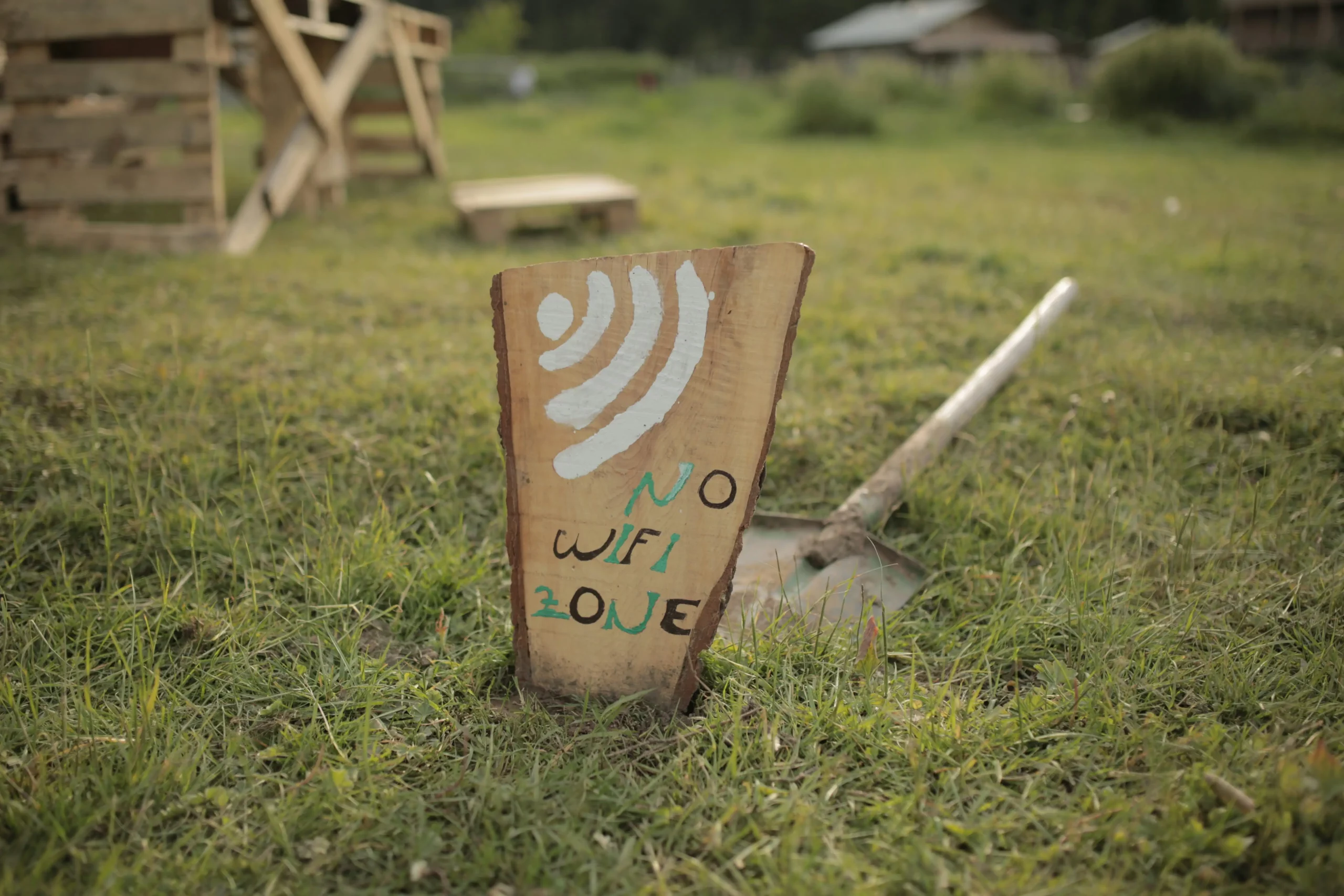Is your small business struggling with unreliable Wi-Fi connections for Apple devices? You’re not alone. Let’s dive into some common issues and practical solutions that won’t require an IT degree to understand.
The Apple-Wi-Fi Puzzle
Picture this: You’ve invested in top-notch UniFi equipment, your internet speed is lightning-fast, yet your iPads seem to have a mind of their own when connecting to the network. It’s like trying to herd cats – frustrating and seemingly impossible.
The Symptoms:
- Apps refusing to update
- Devices disconnecting at random
- Testing software (like MAP tests) failing to connect
Sound familiar? Don’t worry; you’re not losing your mind, and your investment in quality hardware isn’t wasted.
UniFi and Apple: A Delicate Dance
UniFi devices are powerful tools for creating robust networks, but they can be a bit finicky when it comes to Apple products. It’s not that they don’t like each other; they just need the right introduction.
The “Auto” Magic:
One surprisingly effective solution is to leave Wi-Fi-related settings in the UniFi backend on “auto.” It’s counterintuitive, right? We often think more control equals better performance, but in this case, less is more.
“As a rule of thumb, if we’re not fixing something by changing one of the custom settings, we should just leave it alone.”
This approach often resolves most issues without the headache of complex configurations.
Why “Auto” Works
- Compatibility: Auto settings ensure better compatibility across different devices.
- Updates: As UniFi and Apple release updates, auto settings adapt more smoothly.
- Reduced Conflicts: Fewer custom configurations mean fewer potential points of failure.
When to Tweak (and When Not To)
While “auto” is a great starting point, there are times when customization is necessary. The key is to make changes purposefully:
- Identify a specific problem before making changes.
- Document your changes so you can revert if needed.
- Test thoroughly after each modification.
Remember, unnecessary tinkering can lead to “mysterious issues.” If it ain’t broke, don’t fix it!
Beyond Settings: Other Factors to Consider
While UniFi settings play a crucial role, other factors can impact your Wi-Fi performance:
- Device Density: Too many devices in a small area can cause interference.
- Physical Obstacles: Walls, large metal objects, and even certain types of glass can impede Wi-Fi signals.
- Channel Congestion: Neighboring networks might be cluttering your airwaves.
The Small Business Wi-Fi Checklist
To ensure your small business stays connected:
- ✅ Set UniFi Wi-Fi settings to “auto” where possible
- ✅ Regularly update both UniFi firmware and Apple devices
- ✅ Monitor network performance and document any changes
- ✅ Consider a professional assessment for persistent issues
Wrapping Up
Solving Wi-Fi connectivity issues, especially with Apple devices, doesn’t have to be a hair-pulling experience. By starting with auto settings and making thoughtful, documented changes, you can create a stable, high-performance network that keeps your small business humming along.
Remember, technology is here to serve your business, not the other way around. With these tips, you’ll be back to focusing on what really matters – growing your business and serving your customers.
Need more help? Don’t hesitate to reach out to a qualified IT professional or the UniFi support team. Your perfect Wi-Fi setup is just around the corner!

Leave a Reply